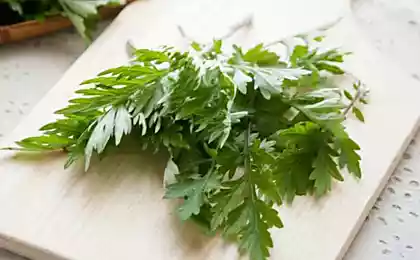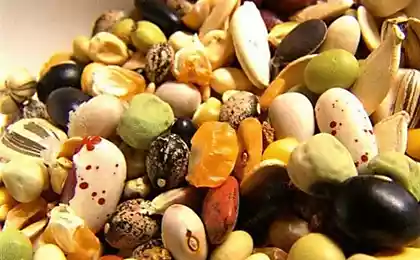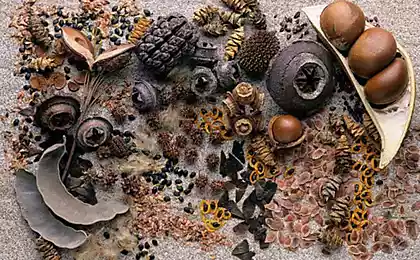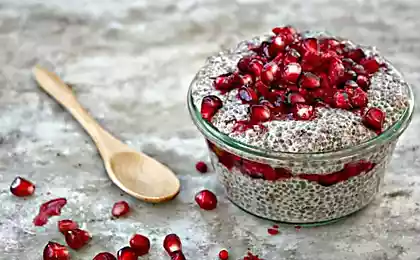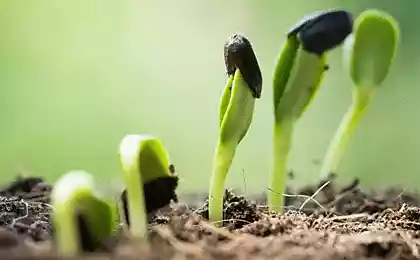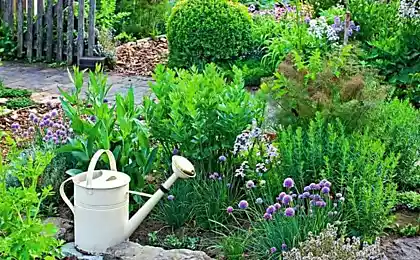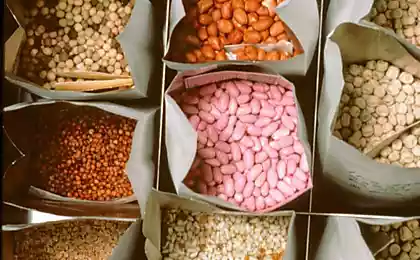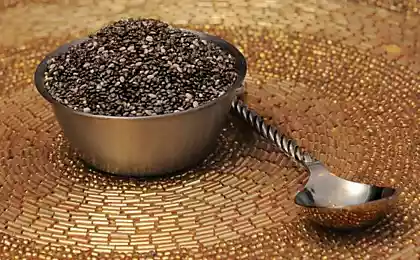448
6 herbs from seeds

Even if you can't make a garden, due to lack of space or time, a small patch of culinary herbs can fill your home with a fresh green aroma and spice up your recipes.
One of the main benefits of growing culinary herbs in contrast to the cultivation of vegetables is the fact that herbs give you only the leaves, which can be used immediately and there is no need to wait for the flowering and ripening that takes time and requires skills needed for their cultivation. You can just buy seedlings and plant in their culinary garden or start an herb garden from seed.
As I am a supporter of doing it yourself, and learn and practice, it can be a good start for you. For the price of one ready plants, you can get the number of seeds that will allow you to grow enough herbs for all in your home.
Although some herbs are notoriously difficult to grow from seed (and which are best propagated by rooting cuttings or division of plants), these 6 culinary herbs are one of the easiest when growing from seed, they're perfect for beginner gardeners.
1. Basil. Fresh Basil is a versatile herb, it can be used as salad and soup, and although he is better known to prepare Italian pesto, it also lends a taste of summer in a number of other recipes, from sandwiches to pizza. The Basil fragrant, the most common kind which is usually associated with Italian food, and there are a number of different varieties and hybrids of Basil to choose from, each of which has a slightly different taste and appearance. Another type of Basil is Thai Basil, which are often used in Asian cuisine, and which is also divided into several different varieties. Basil is one of the fastest growing herbs, it is grown in pots and then transplanted to the beds. If you grow more Basil than you use, it can be easy to freeze or to dry to preserve summer flavor for use all winter. 2. Dill. Dill is another herb that germinates quickly from seed and is served with various dishes. Flavoring for pickles is just one classic use of dill, but this herb goes well in salads, soups, potato dishes, bread, assorted vegetables and sauces, and more. Feathers of fresh dill (sometimes called dill weed) add texture and contrast to your site, it can be dried to preserve for winter. If you leave the fennel flowers and seeds, dill seeds can also be collected and used as a culinary spice. The cultivation of fennel can also serve to attract wildlife and beneficial insects, which adds another element to your site. 3. The coriander. Coriander seems to be one of those culinary herbs that you either love or hate, and because we love him, is the main product in our garden. To grow cilantro from seed is very simple, and it can provide two spices in one. From the leaves we get coriander from seed, what we call coriander. The only caveat in growing it from seed that cilantro, as they say, does not like transplanting, so it is better to sow directly in the garden or in a container where it will live. Fresh leaves and flowers can be used all summer, but if you want to collect seeds, you need to stop to cut it off and let some of these flower heads are developing and strengthening. 4. Arugula. In some places, arugula grows like a weed, literally. Sometimes it fills the entire area like no other weed, and readily re-is planting itself and growing like crazy everywhere, from early spring until late autumn. Fresh leaves and flowers of arugula you can use to add a unique flavor to summer dishes, similar to how Basil is used, and you can add as greens to soup, or include it in any other recipe in addition to the spinach or other greens. Arugula has a slightly spicy taste and even bitter, so you have to be careful in her cooking. 5. Green onions. Green onions are a little slower growing compared to some other culinary herbs. Moreover, it is a perennial plant and can be grown from seed once, and then give the next year's crop. Green onions gives an attractive flower ( also edible ), which can be left to ripen seeds. 6. Parsley. Growing parsley from seed takes a lot of patience, as it is usually one of the slow-growing herbs, but when it starts to grow in earnest, it will be a great addition to your garden. Although this herb stereotypical side dish for some restaurant meals, and its often left on the plate, parsley is very versatile and flavorful ingredient. Parsley divided into two types: root (secrete varieties of parsley and the Sugar harvest) and leaf (varieties of Common and Curly parsley). Growing your own culinary herbs from seed can be a very fruitful hobby, and will add a lot of flavor to your meals at a low price, especially when you consider how much each ball of herbs is in the shop or on the market, compared with how much cheaper than package seeds.
Keep in mind the fact how hard it is to find natural and organic products and that the majority of greenhouse herbs practically have no smell or taste.
Source: rodovid.me

